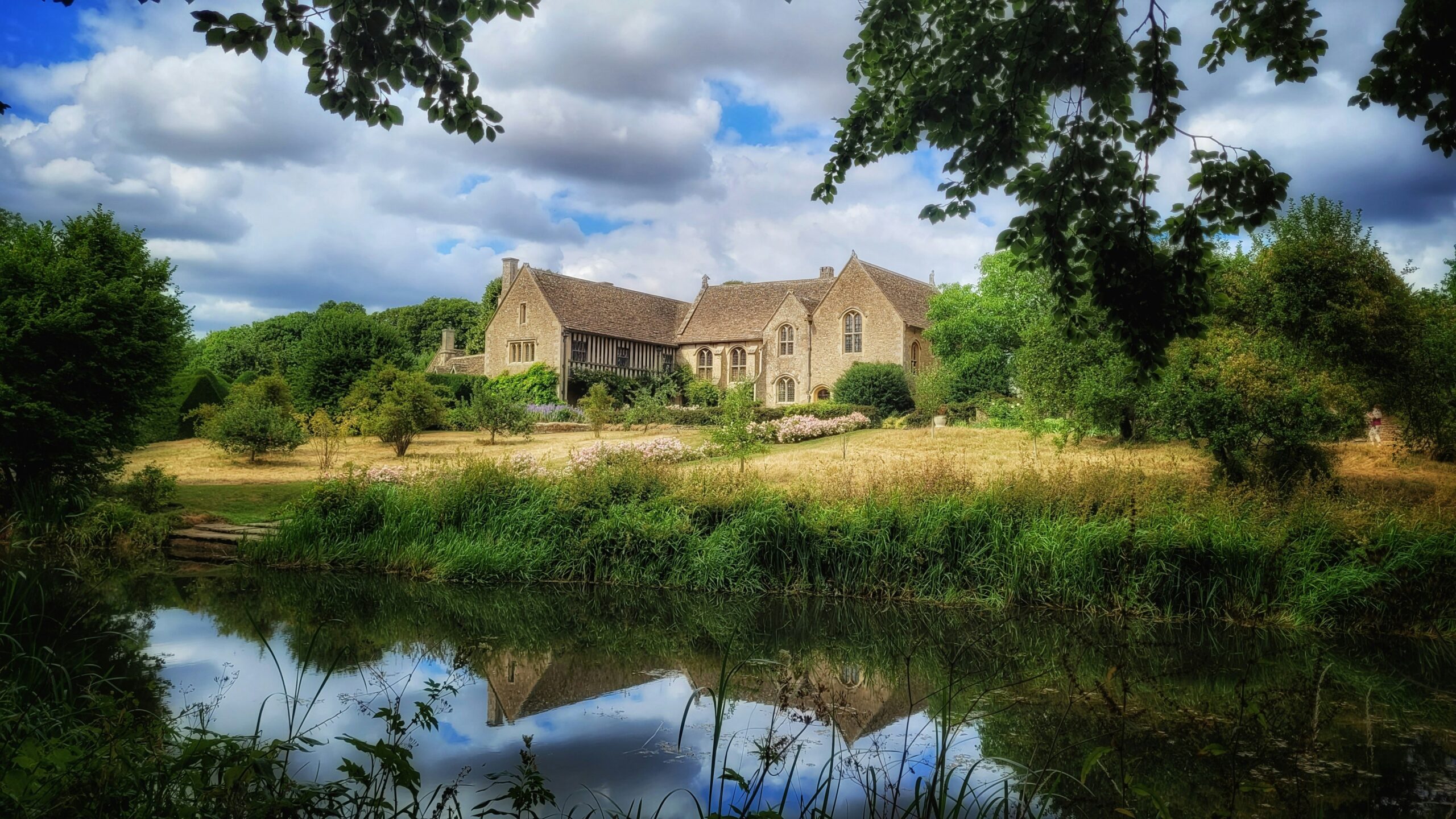Introduction
Cases involving farms and hereditary land represent one of the most challenging areas for the courts to deal with when considering how to distribute assets upon divorce. These assets tend to all carry a high capital value but often generate limited income. Even the best run agricultural ventures benefit from economies of scale and a farm that sees some assets sold to fund a financial settlement following divorce jeopardises the sustainable future of the farm and associated businesses. In contrast, the value of land often sees the sale of part of a farm of land estate as the most practical mechanism for generating capital to fund a divorce settlement.
What should I do if I think my farm is at risk?
As early in proceedings as possible, it is vital to try and understand the potential impact of divorce upon the farm and associated businesses.
Firstly, it is essential to understand the basis of ownership and occupation of the land. This will require a detailed analysis of ownership of registered and unregistered land, considering entries from HM Land Registry and any epitomes of title, if applicable. It is also important to fully understand details of any tenancies tied to the land too.
Secondly, a clear understanding of the farm’s rights to subsidies, grants and other financial support is important.
Thirdly, a full schedule of physical assets should be prepared, covering buildings, plant and machinery, alongside livestock too.
Fourthly, a clear understanding of the operating business, considering 3-5 years of past performance, future projections and an analysis of the tax implications for any potential sale (of whole or part).
Finally, it is important to fully understand the potential of the farm too, assessing potential for building development, any livery and sporting rights that might apply, other potential commercial uses from diversification. Landowners should work closely with their accountant to assess the prospective value these may bring.
What is the farm worth?
Valuing a farm or estate enterprise is complex – even the most modest farm requires specialist, expert input. An experienced valuer should be instructed to assess the value of the farm, recording the scope of the land and buildings associated with the farm, with reference to maps and plans from Ordinance Survey and HM Land Registry (increasingly, valuers are using video drone footage to record the scope of the farm and buildings.) and the ALC and potential for development will play a part in the valuer assessing the market value per acre, alongside an allowance for eligible subsidies and grants too.
The valuations can be expensive, and it may be prudent to assess whether your accountant can provide a working valuation at the outset of disclosure, although this can never accurately replicate the specialist assessment that will be required before any negotiations begin.
Will I have to sell the farm?
In seeking a fair and reasonable settlement, the court has recourse to consider all the circumstances of a case, including the nature of an asset and the manner in which it was brought to the marriage.
In 2005, Mr Justice Munby (as he then was) commented:
“Fairness may require quite a different approach … if the inheritance is a landed estate that has been within one spouse’s family for generations and has been brought into the marriage with an expectation that it will be retained … for future generations.”
Whilst the court may consider the genesis of the land’s ownership, it cannot be over-sentimental about passing this to future generations if the parties to divorce risk an outcome that is ultimately unfair or unreasonable. Each case will be considered with its own unique factors and merits.
Conclusion
Farming cases are notoriously challenging to resolve and often take great ingenuity and creativity to resolve. Ultimately, the unique nature of these assets requires the court to treat each farm, landed estate or heritage assets in its own unique way. It is always vital to obtain clear advice and guidance as you navigate through the divorce process, but never more so than when a farm or landed estate forms a sizeable part of the asset base.












